Tag: Accademia
The Bicentenary of Gallerie dell’Accademia – Canova, Hayez, Cicognara
The year just passed saw the celebration of the bicentennial of the Gallerie dell’Academia, one of the most important Venetian museums, where you can find the best collection of art from Venice and the whole Veneto, especially paintings from 14th to 17th century.
The Gallerie were born in 1817, a special moment in the artistic history of Venice: there was a cultural awakening of the city, together with a rediscovery of the ancient glory, arresting the decline followed by the fall of the Serenissima.
Among the major artists represented at the Accademia there are Tintoretto, Tiziano, Canaletto, Giorgione, Giovanni Bellini, Vittore Carpaccio and Veronese.
Besides the paintings, in the Gallerie you can also find sculptures and drawings, including the famous Vitruvian Man by Leonardo da Vinci, which is only exhibited on special occasions.
The exhibition, open until April 2nd 2018, celebrates the crucial years of the cultural revival which begun in 1815 with the return from Paris of the four horses of San Marco and the lion of the column on the pier of San Marco, symbolic works of Venice stolen in 1798 by Napoleon’s army, and ended with Canova’s death in 1822 in Venice.
The exhibition revolves around three key figures: Cicognara, Canova and Hayez.
Count Leopoldo Cicognara, (Ferrara 1767 – Venice 1834) intellectual, art historian and biographer, engaged in the preservation and enhancement of the past and at the same time in supporting contemporary art of those years.
He was president of the Academy of Fine Arts since 1808, where he had important results in the increase of the number of professors, in the establishment of awards for students and in the improvement of the courses of studies.
He was also the creator of the Galleria for the exhibition of Venetian paintings that now celebrates 200 years of life.
Antonio Canova, (Possagno 1757 – Venice 1822) famous sculptor, is considered the greatest exponent of European Neoclassicism in sculpture and he was in charge of the recovery of the works of art stolen by Napoleon during the occupation.
He was also highly appreciated during Romanticism, especially in Italy, where he was able to ignite national pride during the Risorgimento, to the point of being considered the tutelary genius of the nation.
Francesco Hayez, (Venice 1791 – Milan 1882) an innovative and multifaceted Venetian painter, one of the greatest exponent in Italy of the Romantic movement, left an indelible mark on the history of Italian art thanks to his works, many of which contain a hidden Risorgimento political message.
Cicognara, in an epistle sent to his friend Canova in 1812, wrote of his ambition to see Hayez becoming the interpreter of national inspirations, capable of giving new life to the great Italian painting.
The current exhibition is divided into ten thematic sections, among which stands out the meeting of the series of artifacts sent in 1818 to the court of Vienna for the wedding of Emperor Francis I, known as the “Homage of the Venetian Provinces”, which return to Venice for the first time in 200 years.
Inside the exhibition there are also paintings, sculptural groups, two ares and two large marble vases, a table made of bronze and wood with the top covered with precious Murano glass and precious bindings representing the highest artistic production of the Venetian Neoclassicism.
The visiting path also features the Musa Polimnia by Canova, completed in 1816, which has a troubled story which is told for the first time on this occasion.
In 1898, after the death of Empress Elisabeth of Austria, the sculpture passes into the collection of her niece, Archduchess Elisabeth Mary of Austria, daughter of Rudolf of Hapsburg-Lorraine.
In 1942, after two years of negotiations and the payment of an exorbitant sum, the Musa Polimnia became property of Adolf Hitler, who wanted it for his Fuhrermuseum in Linz.
Found by the Americans in 1942 in a castle, it was moved to Munich, Germany.
Only in 1964 the statue returned to Hofburg, in the same rooms that had hosted it until 1929, and then moved for a few months to the Gallerie dell’Accademia in Venice.
Sources:
http://www.veneziatoday.it/eventi/canova-hayez-cicognara-gallerie-accademia-venezia.html
https://it.wikipedia.org/wiki/Gallerie_dell%27Accademia
http://www.gallerieaccademia.it/canova-hayez-cicognara-lultima-gloria-di-venezia-0
http://www.mostrabicentenariogallerie.it/
https://it.wikipedia.org/wiki/Antonio_Canova
https://it.wikipedia.org/wiki/Leopoldo_Cicognara
https://it.wikipedia.org/wiki/Francesco_Hayez
http://www.exibart.com/notizia.asp?IDNotizia=54874&IDCategoria=264


 Whale
Whale 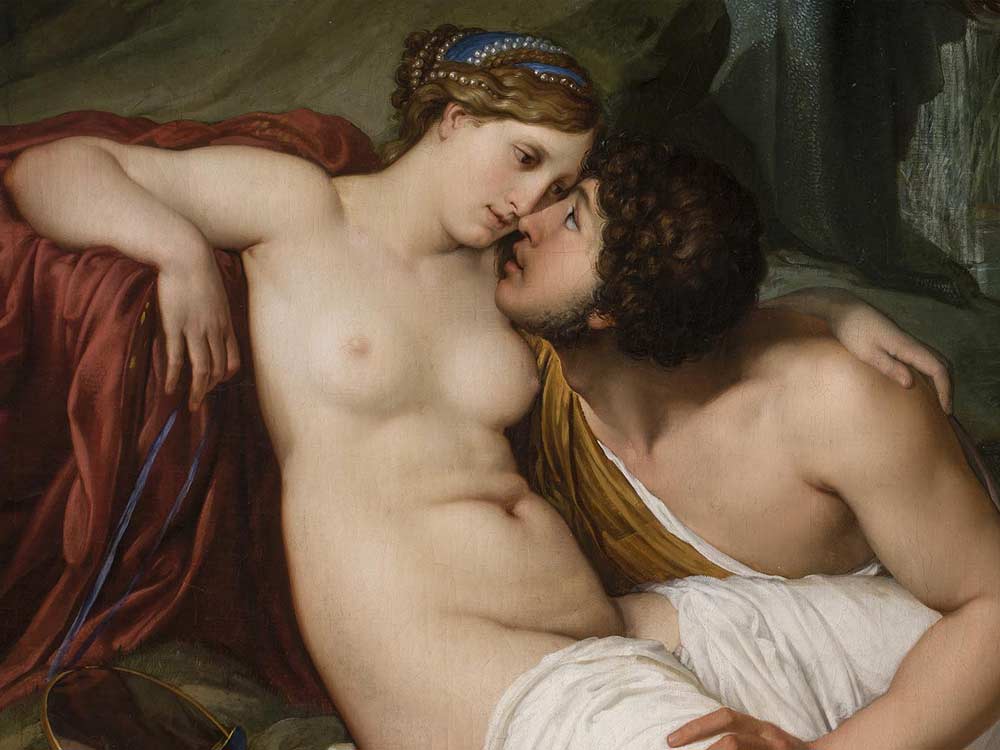
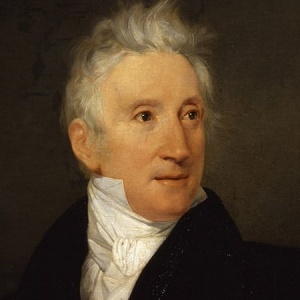
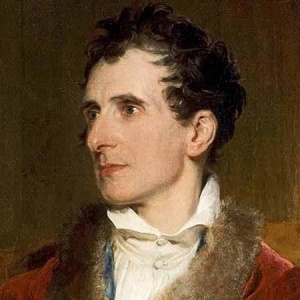
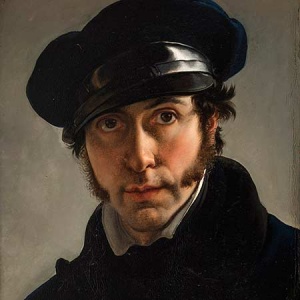
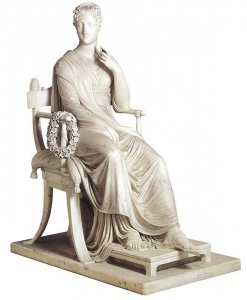
 Venice place names: Campi, Campielli, Corti
Venice place names: Campi, Campielli, Corti  Venice place names: Calle, Calle Larga, Salizada, Rio terà, Ramo, Sotoportego
Venice place names: Calle, Calle Larga, Salizada, Rio terà, Ramo, Sotoportego  The Venetian “Fondamenta”
The Venetian “Fondamenta”  2 years and still going strong: happy birthday Plum Plum Creations!
2 years and still going strong: happy birthday Plum Plum Creations!  The Bicentenary of Gallerie dell’Accademia – Canova, Hayez, Cicognara
The Bicentenary of Gallerie dell’Accademia – Canova, Hayez, Cicognara